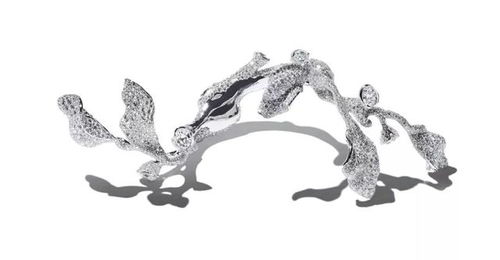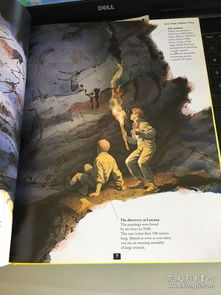Content:
Introduction: Fishing with a long rod can be an exhilarating and rewarding experience. Whether you are a beginner or an experienced angler, mastering the techniques of long rod fishing can enhance your enjoyment and increase your chances of catching more fish. In this article, we will explore the essential techniques and tips to help you become a proficient long rod fisherman.
Choosing the Right Equipment: Before diving into the techniques, it is crucial to select the appropriate equipment for long rod fishing. Here are some key considerations:
a. Rod: A long rod is the backbone of your setup. Look for a rod that is lightweight, strong, and flexible enough to handle the species you are targeting. The length of the rod should be suitable for the type of fishing you plan to do, ranging from 8 to 12 feet.
b. Reel: Choose a reel that is designed for long rod fishing. It should have a smooth drag system, a strong drag, and a sufficient line capacity to accommodate the length of your rod.
c. Line: Use a monofilament line with a thickness suitable for the fish you are targeting. The line should be long enough to reach the desired casting distance and have enough strength to handle the fish's fighting power.
d. Lures or Bait: Depending on your fishing style, you can choose from various lures or live bait. Make sure to use appropriate lures or bait for the species you are targeting.
Casting Techniques: Casting is a fundamental skill in long rod fishing. Here are some essential casting techniques to help you improve your casting distance and accuracy:
a. Backcast: Begin by holding the rod at the desired angle, with your thumb on the reel's spool. Swing the rod back and forth, releasing the line as you bring it to the back of your head. Aim for a smooth and controlled motion.

b. Forward Cast: After completing the backcast, bring the rod forward with a smooth and controlled motion. Release the line as the rod reaches the desired distance. Practice a consistent casting motion to achieve accurate casts.
c. Casting Distance: To increase your casting distance, focus on using a longer rod, a heavier line, and a stronger grip on the rod. Additionally, practice casting in a wide arc to generate more power.
Roping Techniques: Roping is the process of controlling the line after casting. Here are some tips to improve your roping techniques:
a. Tension: Maintain a consistent tension on the line throughout the casting process. This helps in achieving accurate casts and reduces the chances of snags.
b. Line Control: After casting, keep the line close to the rod, avoiding unnecessary slack. This allows you to control the line and set the hook more effectively.
c. Setting the Hook: When a fish strikes, quickly raise the rod to set the hook. A firm and sudden upward movement can help secure the fish.
Bait Presentation: The way you present your bait or lure plays a crucial role in attracting fish. Here are some tips to improve your bait presentation:
a. Natural Motion: Simulate the natural movement of the bait or lure. For example, if you are using a lure, retrieve it in a manner that resembles the prey's movement.
b. Depth: Adjust the depth of your bait or lure based on the fish's preferences. Experiment with different retrieves and depths to find the most effective approach.
c. Patience: Give the fish time to react to your bait. Avoid making sudden or erratic movements, as it may spook the fish.
Fish Handling: Once you have caught a fish, it is essential to handle it properly to ensure its survival. Here are some tips for fish handling:
a. Avoid Rough Treatment: Handle the fish gently, avoiding unnecessary stress or injury.
b. Use a Landing Net: Use a landing net to safely bring the fish to the shore or boat. This helps minimize the fish's exposure to the air.
c. Release or Keep: Depending on local regulations and your personal preferences, decide whether to release the fish or keep it for consumption. If you choose to release the fish, make sure to release it quickly and carefully.
Conclusion: Mastering the art of long rod fishing requires practice, patience, and attention to detail. By selecting the right equipment, mastering casting and roping techniques, improving bait presentation, and handling fish properly, you can enhance your fishing experience and increase your chances of success. Remember to always respect the fish and the environment, and enjoy the beauty of long rod fishing.












